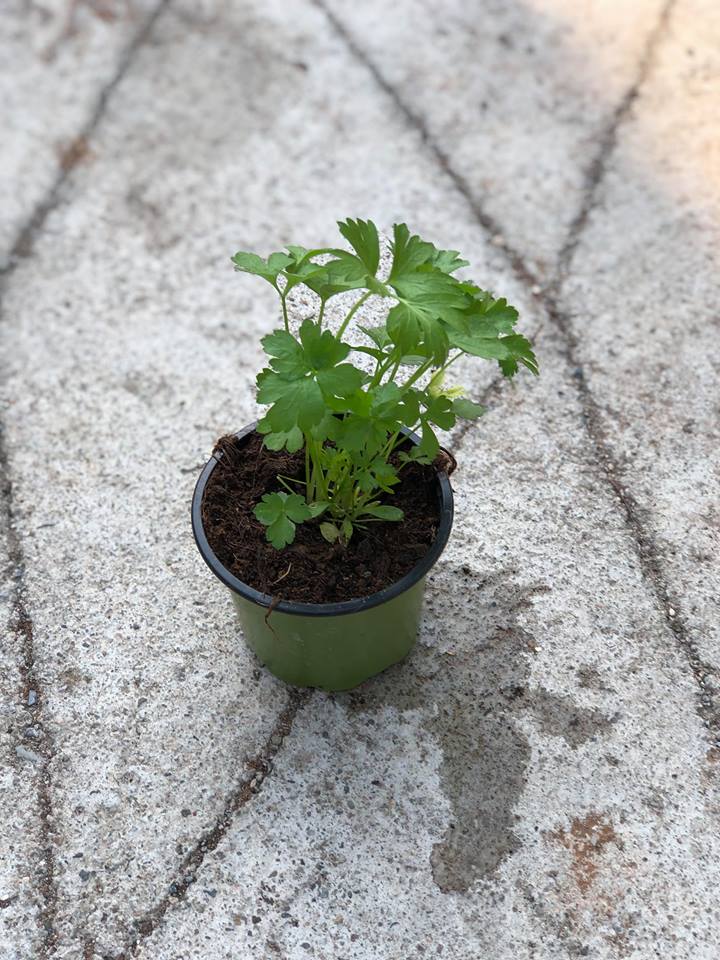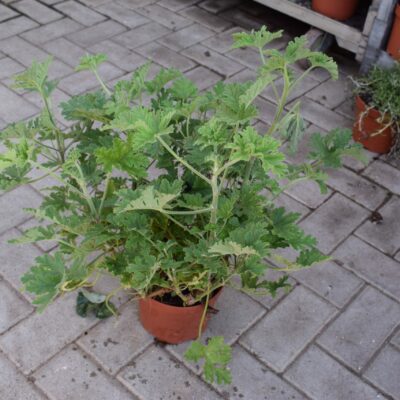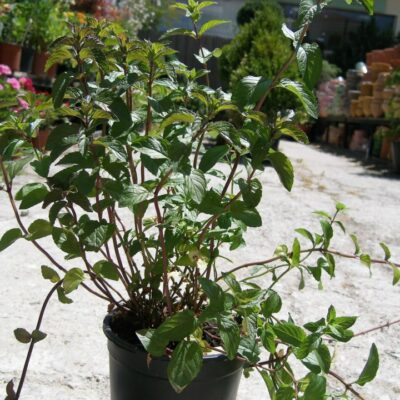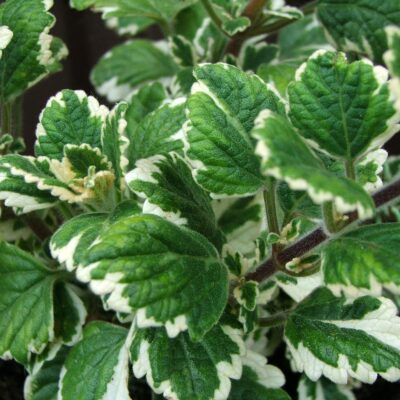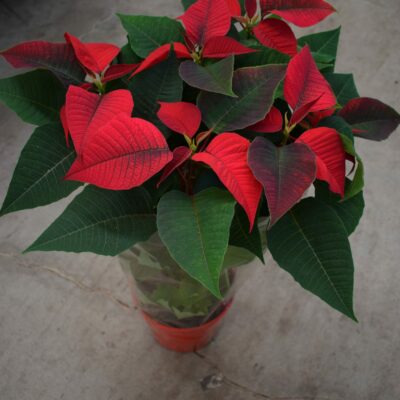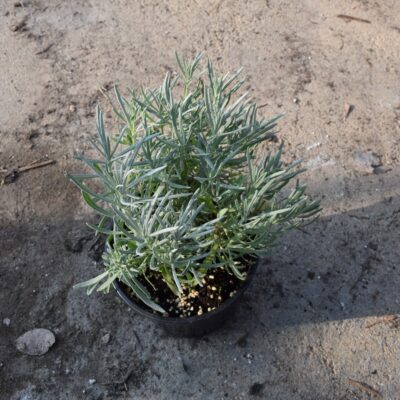Parsley is a leafy vegetable that is usually grown as an annual for its wonderfully aromatic leaves. It is a herbaceous, biennial, smooth and aromatic plant. Its stem is ribbed with prunings. It has triangular leaves, of a vivid green color, with many divisions.
Flowers
Its flowers are white, small with long stems, reaching a height of 0,50 – 0,80 cm.
Location
It grows satisfactorily in all types of soils, without particular problems. Performs well in soils of medium composition, rich in organic matter. Prerequisite for the soil to be well drained with good porosity and pH 6-7. Prefers places with sun or moderate shade.
Durability
It is resistant to cold and heat, as long as it is in a sunny position.
Watering
It needs moderate amounts of watering, with limited to no watering in the winter and more regular watering in the warm periods of the year.
Pruning
The only pruning that is done is the harvesting of the leaves and the cutting of the tender tops. New tops 15-25 cm long are selected, which are often bundled and left upside down to dry.
Lubrication
Regarding fertilization, if the soil we will use is enriched with nutrients, our plant will not need immediate fertilizer. Otherwise, make sure to incorporate a tablespoon of well-drained manure or organic fertilizer every 30 days.
Diseases and enemies
In general, it is quite resistant to diseases and insects. Occasionally there are small insects such as aphids or granules on the leaves and flowers. In some cases the leaves of the plant show snail or locust bites, which do not cause a problem due to the fast growth rate of the plant.
It is suitable for
- planting in pots for balconies, terraces.
- It is used in pharmaceuticals.
Flowerpot 8 cm
